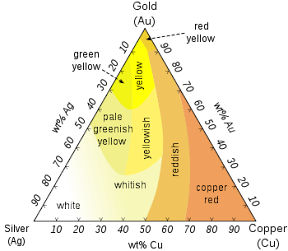Water has many distinct properties that set it apart from other substances and make it critical for life. The chemical reactions in our bodies need a fluid to allow for the movement of large protein molecules into position to react, to fold and unfold, to bring in substrates and take away waste. These reactions use the hydrogen bonds of water to dock the substrates into position for these enzymes to do their thing. All known forms of life depend on water. It is vital both as a solvent in which the body's chemicals dissolve and as an essential part of metabolism within the body. Water allows organic compounds to react in ways that result in the replication of these molecules and the formation of new ones. Water is both removed from molecules in order to grow larger molecules and used to break bonds to generate smaller molecules. The hydration of all sorts of molecules, large and small, is required to make life happen. Without water, these metabolic processes could not exist, with no known processes available to take their place.
To function properly, the human body requires water daily to avoid dehydration; the precise amount depends on the temperature, humidity, and your personal level of activity. Most of this needed water is ingested through foods or beverages other than drinking pure water. About 20 percent of our water intake comes from food, while the rest comes from drinking water and other beverages, including caffeinated ones. Water is excreted from the body through urine and feces, through sweating, and by exhalation of water vapor from the lungs. With physical exertion and heat exposure, water loss will increase and daily fluid needs can increase.
Medical science favors an average daily consumption of approximately one liter of water, excluding extra water needed to replace fluids lost from exercise or warm weather. If your kidneys are healthy, it is difficult to drink too much water, but it is possible and dangerous to drink too little. You can drink far more water than necessary while exercising, however, risking water intoxication which is potentially fatal. The "fact" that a person should consume eight glasses of water per day has no scientific basis. Other myths, such as the effect of water on weight loss and constipation, have also been debunked.
In plants, the capillary action of water draws it to the top of the tallest trees. In most forms of plant life, photosynthetic cells use the sun's energy to split off a hydrogen from water. This hydrogen is then combined with carbon dioxide (CO2) to form glucose and the reaction releases oxygen back into the air. All living cells then use this glucose, oxidizing the hydrogen and carbon, releasing energy and reforming water and CO2 in the process. In this way water is integral to the balancing of oxygen and carbon dioxide in the atmosphere.
Copyright (c) 2004
Richard Ling
Water is essential to all living things. Without it, life as we know it could not exist on earth. It is truly one of the most amazing molecules in God's Chemistry Set.
"The Spirit and the bride say, 'Come!' And let him who hears say, 'Come!' Whoever is thirsty, let him come; and whoever wishes, let him take the free gift of the water of life. Revelation 22:17 (NIV)"

